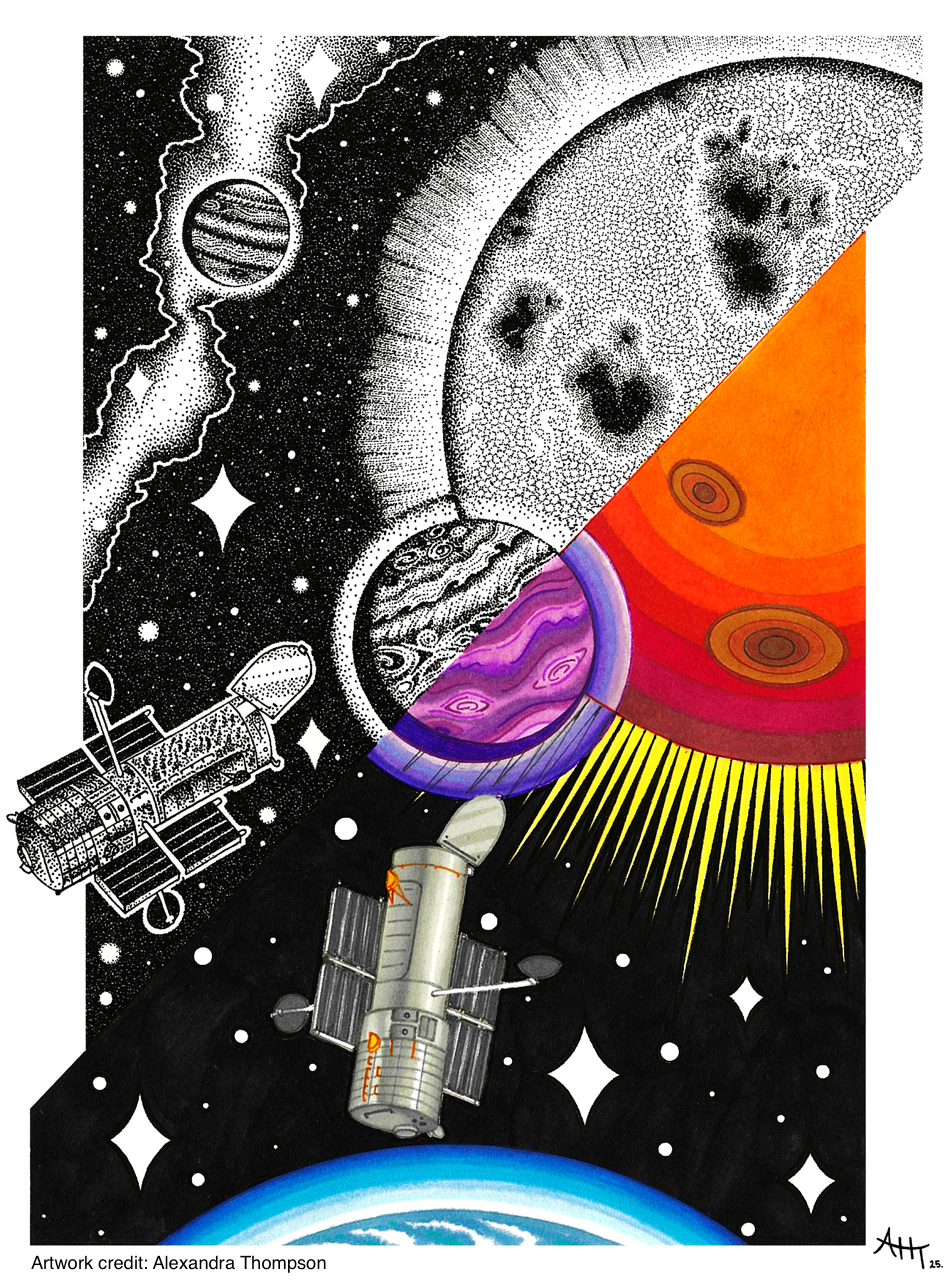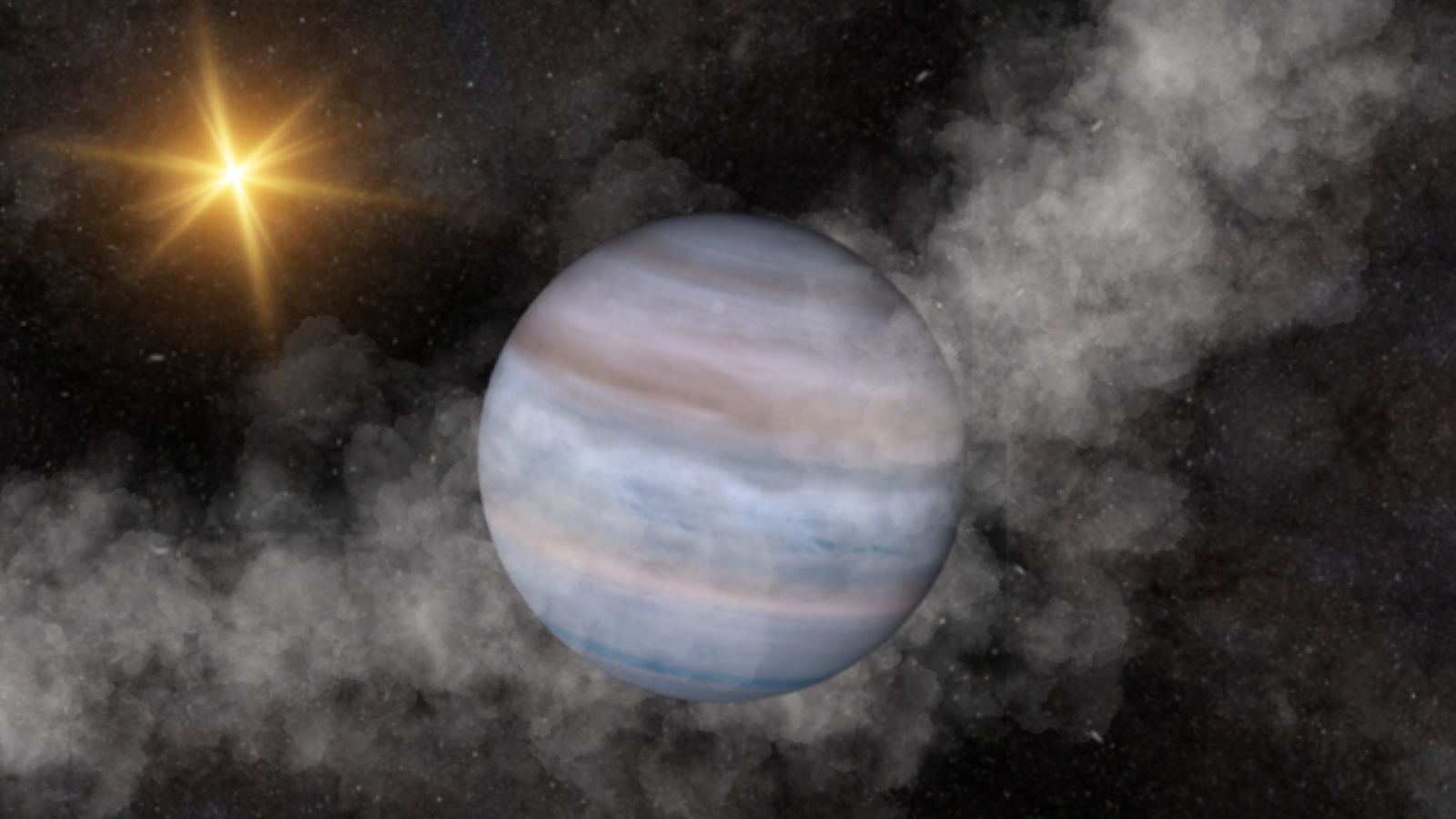A new study has revealed that temperamental stars that brighten and dim over the course of just a few hours could be distorting astronomers’ views of thousands of planets beyond the solar system.
The team behind this research reached this conclusion by studying 20 extrasolar planets or “exoplanets” as they crossed, or “transited,” the faces of their parent stars using the Hubble Space Telescope. This revealed that starlight fluctuations caused by hotter and colder regions on the stars’ surfaces were more responsible for distorting interpretations of exoplanet atmospheres than previously thought.
The team found, to their surprise, that the data concerning around half of the 20 planets they studied, which ranged from Neptune-like worlds to inflated hot Jupiter planets, were impacted by their host stars’ changeability. This is a worrying development because if these variations in stellar brightness aren’t accounted for, scientists could get a range of things about exoplanets wrong, including their size, temperature, and the composition of their atmospheres.
“These results were a surprise – we found more stellar contamination of our data than we were expecting. This is important for us to know,” team leader and University College of London (UCL) researcher Arianna Saba said in a statement sent to Space.com. “By refining our understanding of how stars’ variability might affect our interpretations of exoplanets, we can improve our models and make smarter use of the much bigger datasets to come from missions including the James Webb Space Telescope (JWST), Ariel and Twinkle.”

Some stars blow hot and cold
Transits are a vitally important element of exoplanet science.
As planets pass in front of their parent stars as viewed from Earth, they cause a tiny dip in the amount of starlight we receive from those stars. These dips can be used to detect an orbiting planet, and the timing between dips in light can be used to help scientists determine how long it takes the newly discovered world to orbit its star.
Furthermore, analyzing the starlight passing through the atmosphere of a planet can tell researchers the composition of that atmosphere. This is possible because elements absorb light at different characteristic wavelengths. Thus, when starlight passes through a planetary atmosphere, the elements in that atmosphere leave their fingerprints in that light.
Scientists read these chemical fingerprints using a method called “spectroscopy.”
But, if scientists are reading starlight wrong, then data regarding planetary atmospheres and even some exoplanet detections made using the transit method could be under threat.

“We learn about exoplanets from the light of their host stars and it is sometimes hard to disentangle what is a signal from the star and what is coming from the planet,” team member and UCL researcher Alexandra Thompson said. “Some stars might be described as ‘patchy’ – they have a greater proportion of colder regions, which are darker, and hotter regions, which are brighter, on their surface. This is due to stronger magnetic activity.”
She explained that these brighter regions, or ‘faculae,’ emit more light, meaning if a planet passes in front of the hottest part of the star, this might lead researchers to over-estimate how large the planet is. This is because the planet will seem to block out more of the star’s light, or the scientists might infer the planet is hotter than it actually is or that it has a denser atmosphere than it really has.
Thompson added that the reverse is also true: if the planet passes in front of a star’s cold spot, it could have the effect of making that world appear smaller than it actually is.
“The reduction in emitted light from a starspot could even mimic the effect of a planet passing in front of a star, leading you to think there might be a planet when there is none,” Thompson said. “This is why follow-up observations are so important to confirm exoplanet detections. These variations from the star can also distort estimates of how much water vapor, for instance, is in a planet’s atmosphere.
“That is because the variations can mimic or obscure the signature of water vapor in the pattern of light at different wavelengths that reaches our telescopes.”
Some help from Hubble
To investigate this potential effect, Saba, Thompson, and colleagues turned to 20 years of Hubble observations collected using the long-serving space telescope’s Space Telescope Imaging Spectrograph (STIS) and Wide Field Camera 3 (WFC3) instruments.
The team analyzed visible, near-infrared, and near-ultraviolet wavelength data from 20 exoplanet systems in the same way to minimize bias that might be inherent to other studies.
Considering models that account for stellar variability and models that do not, the researchers looked at combinations of starlight and atmospheric models that best fit the data they recovered.
This revealed that 6 of the 20 exoplanets were better characterized using models that account for variations in their parent stars’ light. They also found that data surrounding 6 other planets may have been somewhat corrupted by light contamination from their host stars.
Across the electromagnetic spectrum the team considered, the distortions caused by stellar variability were much more apparent in visible light and in near-UV radiation than in the infrared.
The team’s findings have revealed two ways in which the variability of starlight could impact exoplanet observations.
“One is to look at the overall shape of the spectrum – that is, the pattern of light at different wavelengths that has passed through the planet from the star – to see if this can be explained by the planet alone or if stellar activity is needed,” Saba concluded. “The other is to have two observations of the same planet in the optical region of the spectrum that are taken at different times.
“If these observations are very different, the likely explanation is variable stellar activity.”
The team’s results are due to be published in The Astrophysical Journal Supplement Series and are available as a preprint on the research repository site arXiv.
Article by:Source:













